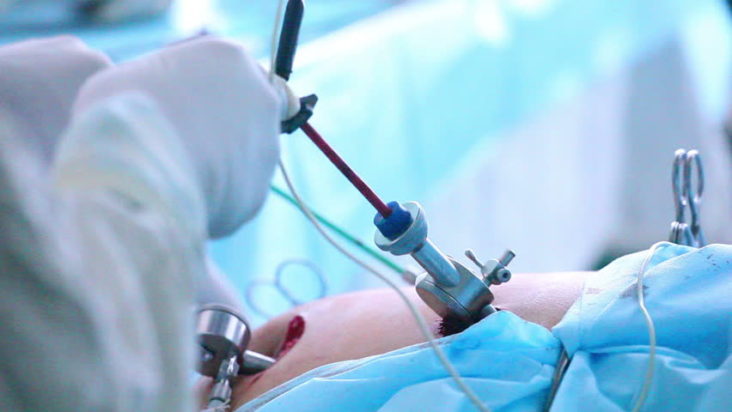Infertility in females is a growing problem. Statistics show that one in six couples are infertile. Forty percent of the problem lies in the females. One of the major influence or contributor to this problem is obesity. If you look around or visit a fertility center, one would know that many of the patients are overweight or obese. It comes as no surprise as obesity is now fast becoming the number one problem in the world. So why is obesity so important in fertility? Body fat is nowadays considered an endocrine organ responsible for producing various hormones. Some of these hormones work like birth control pills. Hence the eggs production and release are impaired and results in infertility. This phenomenon is also seen in a condition called PCOD (polycystic ovarian disease), a major cause of infertility. Another important and interesting observation seen in obese individuals is that some of the severely obese individuals are unable to perform a normal sexual act because of the sea of fat which hides the external genitalia. It is also evident from medical research that assisted reproduction (fertility treatment) is less likely to succeed in obese individuals.So how does one help these infertile ladies with obesity? Since obesity is the root cause of such infertility, it would be natural to consider that weight loss would logically improve the chances of fertility in these subjects. As a matter of fact this does happen in clinical practice. Medical literature and researches are showing that weight loss is associated with improved chances of fertility either naturally or by assisted reproduction.What is the role of Bariatric Surgery in infertility?Weight loss achieved either by adoption of diet and lifestyle or by weight loss surgery (Bariatric Surgery) in cases of severe obesity have both shown favorable outcome. A new study of morbidly obese women suggests that Bariatric surgery may effectively treat one of the most common causes of infertility i.e. PCOD. It is noted that 50% of infertile women conceived within 2 years of their Bariatric surgery. Even the increased risk of miscarriage in obese women may decline after Bariatric surgery. Additionally, the risks of complications during pregnancy such as diabetes, hypertension are also diminished.’,
Know more about Bariatric Surgery through this video on YouTube.



